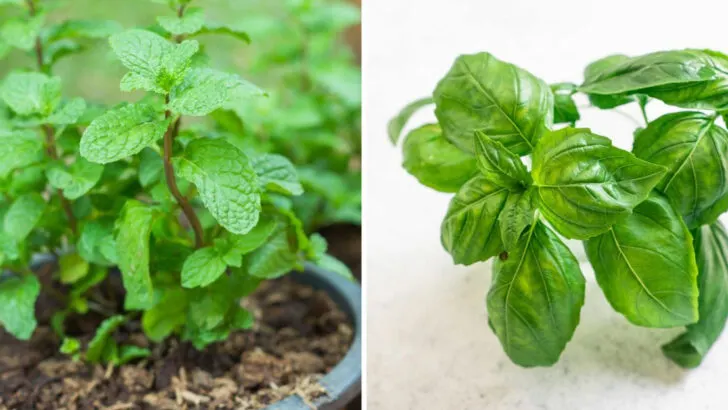Growing herbs indoors sounds simple enough, until your basil turns pale or your rosemary refuses to budge. The truth is, some herbs are perfectly content on a sunny windowsill, while others just don’t do well without full outdoor exposure. Light, airflow, and even pot size can make a big difference in how well they grow.
If you’ve had mixed results trying to keep kitchen herbs happy, you’re definitely not alone. Knowing which ones actually adapt well to indoor life can save a lot of time and effort. Here are 10 herbs that typically thrive indoors, and 7 that really need the stronger sun and space of an outdoor setup.
Basil
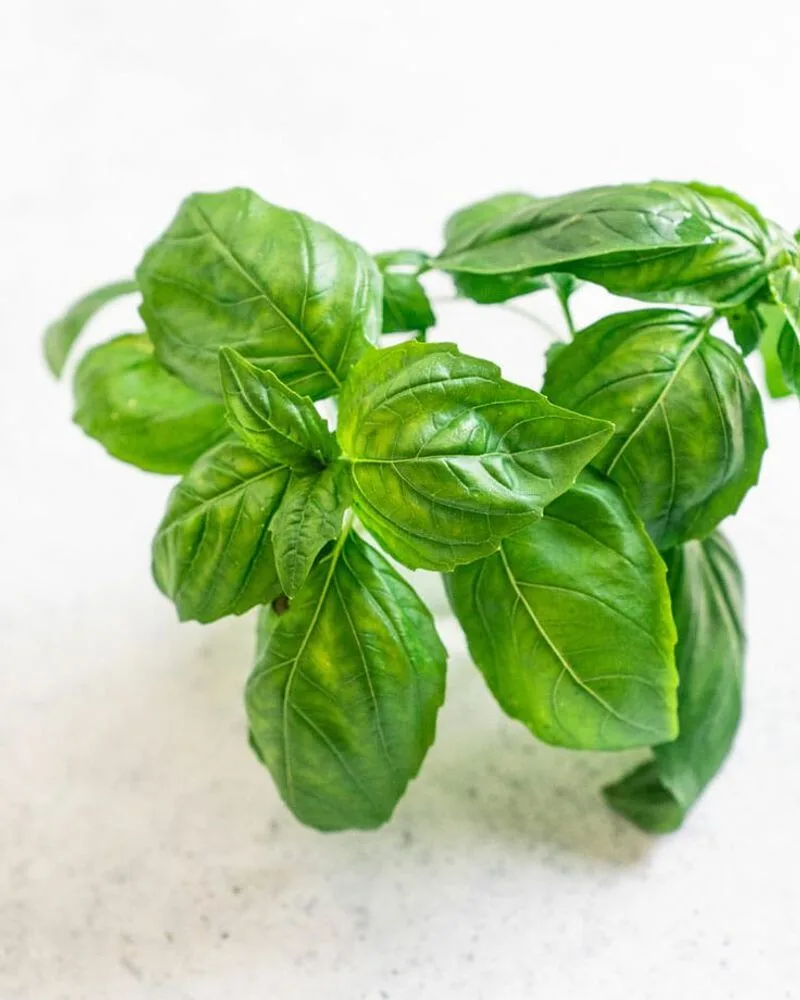
Basil thrives indoors with adequate sunlight. Its vibrant green leaves and aromatic scent make it a kitchen favorite. Perfect for windowsills that receive 6-8 hours of sun, basil can turn any dish into an Italian masterpiece. Easy to grow, it requires regular watering but offers a fresh supply of leaves in return. Did you know basil symbolizes love in Italy? Its gentle fragrance is said to inspire romance. Remember to pinch off the flowering tops to encourage bushier growth. This technique allows more leaves to flourish, giving you a constant supply for culinary delights.
Mint
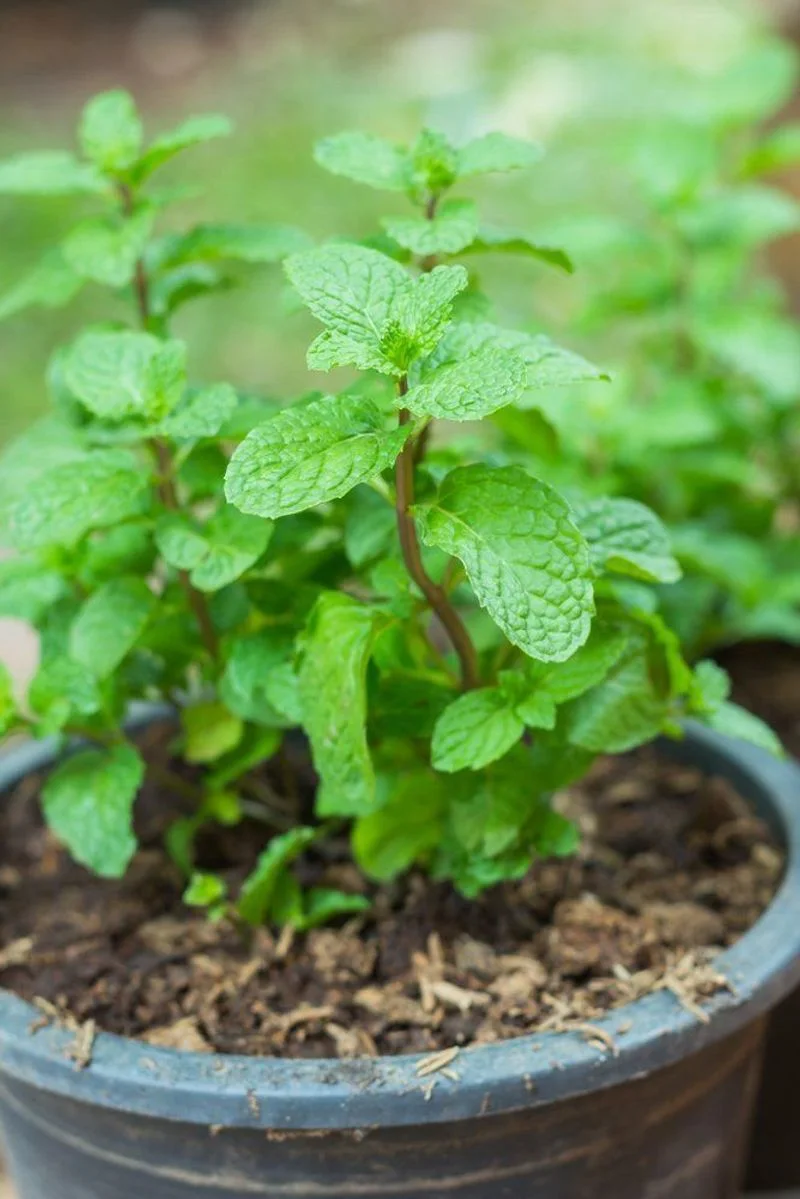
Mint’s refreshing aroma isn’t confined to outdoor gardens. Indoors, it thrives with minimal care. Place it near a bright window, and its prolific growth will impress. Known for its cooling sensation, mint adds zest to beverages and desserts alike. Its history spans centuries, with ancient cultures valuing its medicinal properties. Regular pruning keeps it lush and prevents overgrowth. Varieties such as peppermint and spearmint are popular choices. Fun fact: Romans used mint to scent their bathwater, believing it refreshed the mind. Enjoy its lively presence in your indoor garden.
Parsley
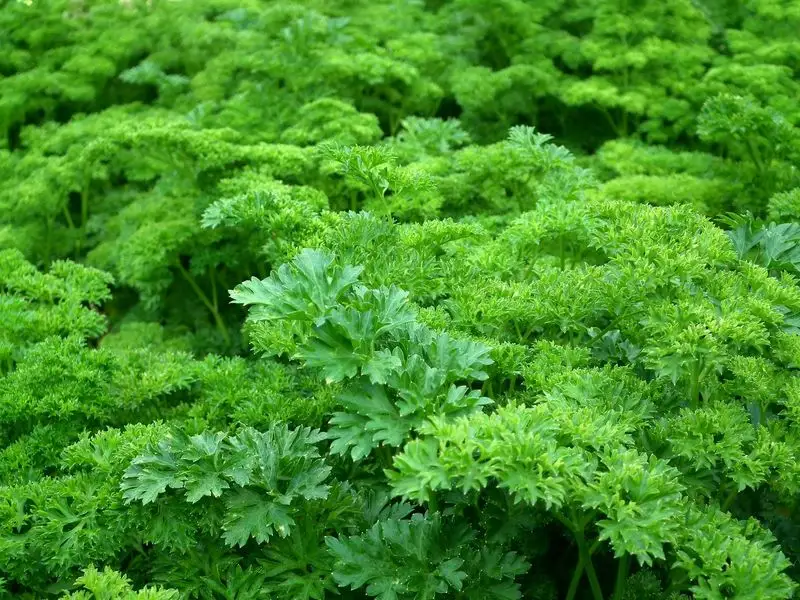
Parsley, a staple in culinary arts, adapts well to indoor conditions. Its vibrant green leaves bring a touch of freshness to any dish. Positioned near a sunny window, it grows vigorously with little effort. Known for its ability to enhance flavor, parsley is a chef’s best friend. Historically, it was used by the Greeks to adorn victory crowns. Regular harvesting encourages more growth, ensuring a constant supply. Its presence not only brightens your kitchen but also your meals. Enjoy the crisp taste of homegrown parsley throughout the year.
Chives
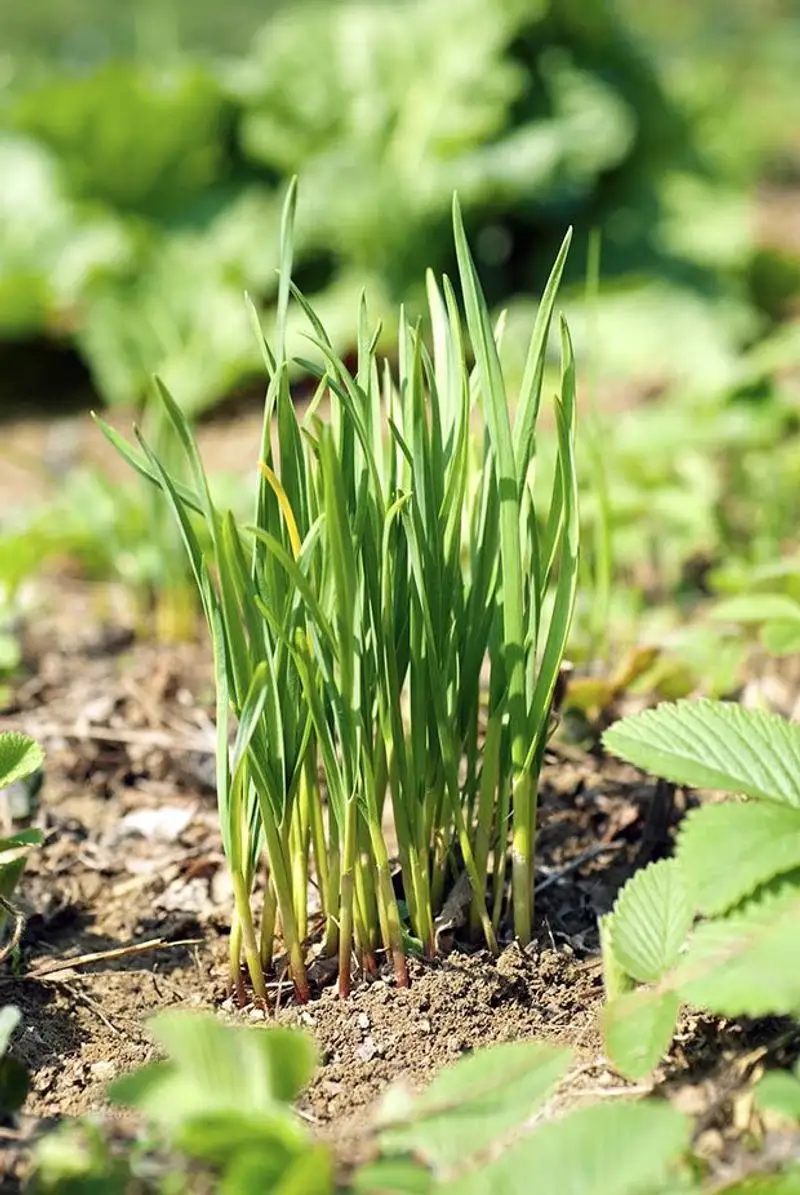
Chives, known for their mild onion flavor, are perfect indoor plants. They require minimal care and adapt well to various light conditions. Placed near a window, they grow upright with charming purple flowers. Their slender green stalks are a culinary delight, adding a mild kick to dishes. Historically, they were thought to ward off evil spirits. Frequent trimming ensures robust growth and a continuous supply. Chives are not only tasty but also ornamental, making them a valuable addition to your indoor garden. Experience the joy of fresh chives at your fingertips.
Thyme

Thyme’s earthy aroma and resilient nature make it ideal for indoor gardening. Preferring a sunny spot, it adds a Mediterranean flair to your home. Its tiny leaves pack a punch, both in fragrance and flavor. Historically, thyme symbolized courage and was used in ancient rituals. Water sparingly, as it enjoys dry soil. Regular pruning encourages bushy growth and vibrant leaves. Thyme’s versatility extends beyond culinary uses, as it’s also appreciated in natural remedies. Cultivate thyme indoors to enjoy its robust presence and timeless charm year-round.
Cilantro
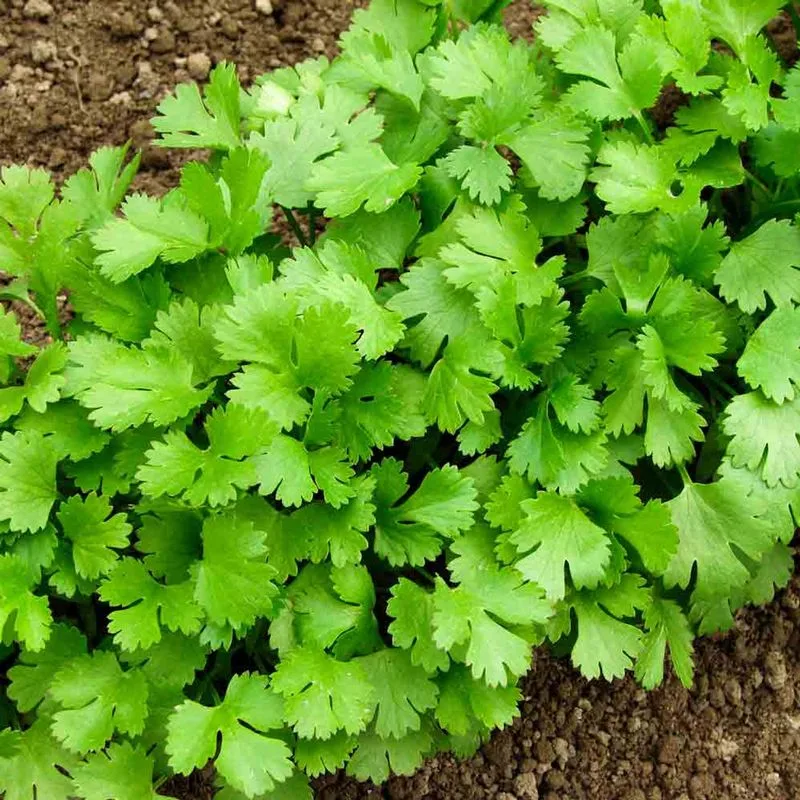
Cilantro, with its distinctive flavor, thrives indoors with proper care. A sunny windowsill is perfect for its growth, providing the light it craves. Known as coriander in seed form, its dual purpose is unique. Regular watering and pruning keep it lush and productive. Its leaves are a staple in many cuisines, adding a fresh burst to dishes. Fun fact: Cilantro was found in King Tut’s tomb, highlighting its historical significance. Enjoy the vibrant taste and aroma it brings to your kitchen, making every meal a culinary adventure.
Oregano
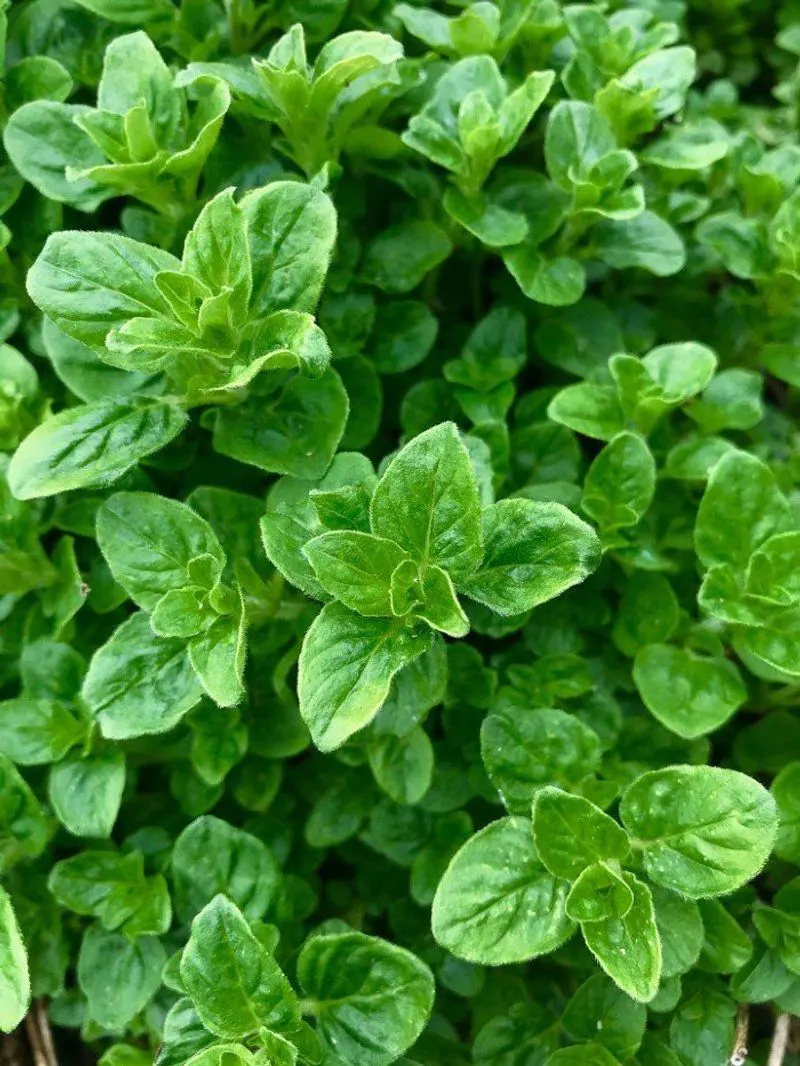
Oregano, a staple in Mediterranean cooking, flourishes indoors with ease. Its robust nature requires minimal attention, thriving in sunny spots. The pungent flavor enhances various dishes, bringing a taste of Italy to your table. Oregano’s name comes from the Greek words for “joy” and “mountain,” reflecting its cheerful presence. Regular harvesting encourages bountiful growth, ensuring a steady supply. Its perennial nature means you’ll enjoy it year after year. Incorporate oregano into your indoor garden to savor its delightful aroma and timeless culinary appeal.
Rosemary
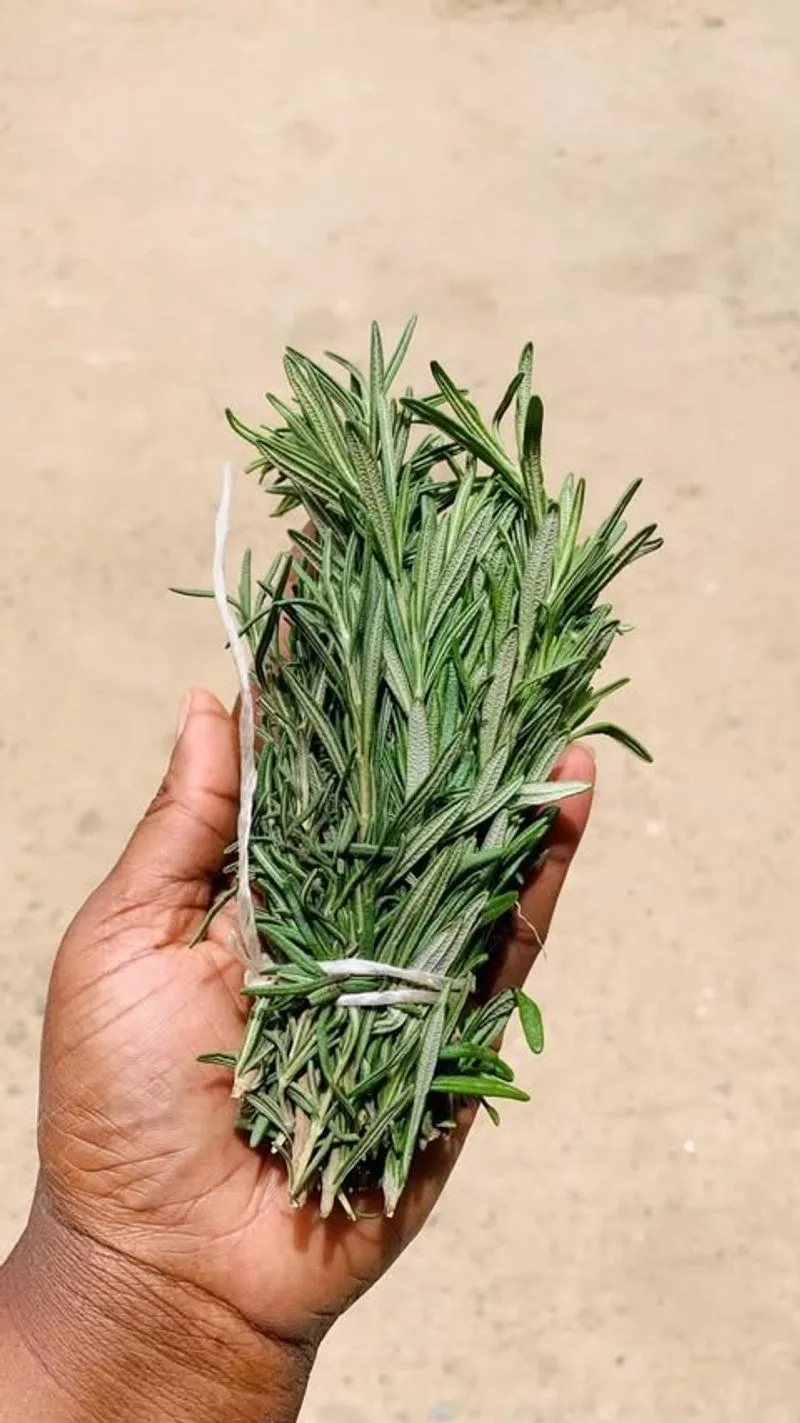
Rosemary’s pine-like aroma and robust flavor make it a favorite for indoor gardening. It thrives in bright, sunny locations, adding elegance to any space. Known for its symbolism of remembrance, rosemary has a rich history in culinary and medicinal uses. Prune regularly to maintain shape and encourage new growth. Its needle-like leaves are perfect for roasting meats and vegetables. Fun fact: Ancient Greeks wore rosemary garlands to improve memory. Embrace the timeless essence of rosemary in your home, elevating both your cooking and decor.
Lemon Balm
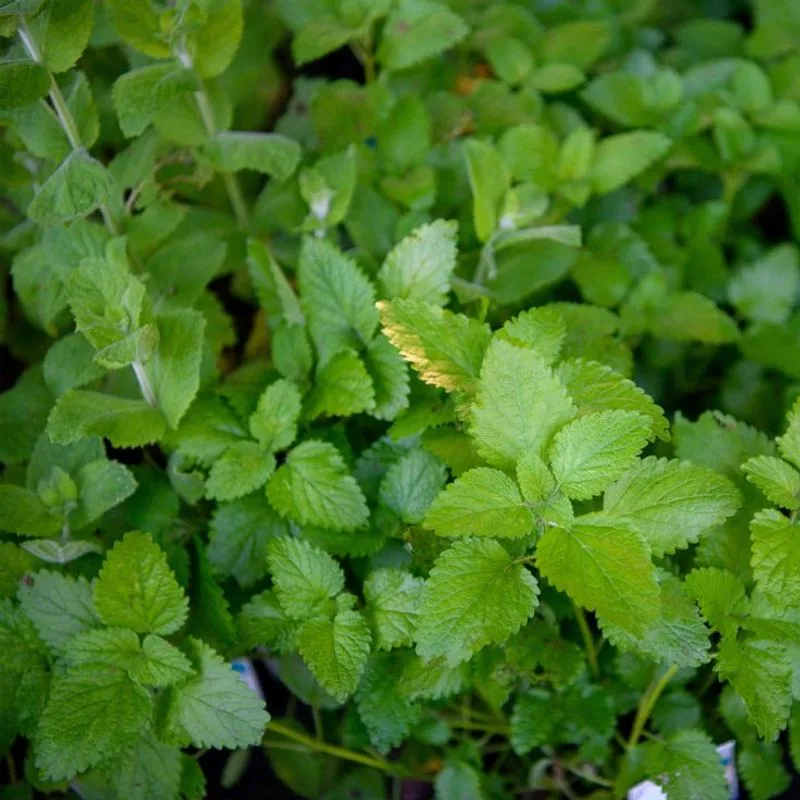
Lemon balm’s gentle lemon scent and calming properties make it a delightful indoor herb. Preferring a sunny spot, it grows with minimal fuss. Its leaves are perfect for teas and soothing remedies. Historically, it was used in medieval times to uplift spirits and heal wounds. Regular pruning encourages bushy growth and prevents leggy stems. Lemon balm’s aroma is said to reduce anxiety and promote sleep. Incorporate this versatile herb into your indoor garden for a touch of tranquility and well-being. Its presence will surely enhance your living space.
Bay Laurel
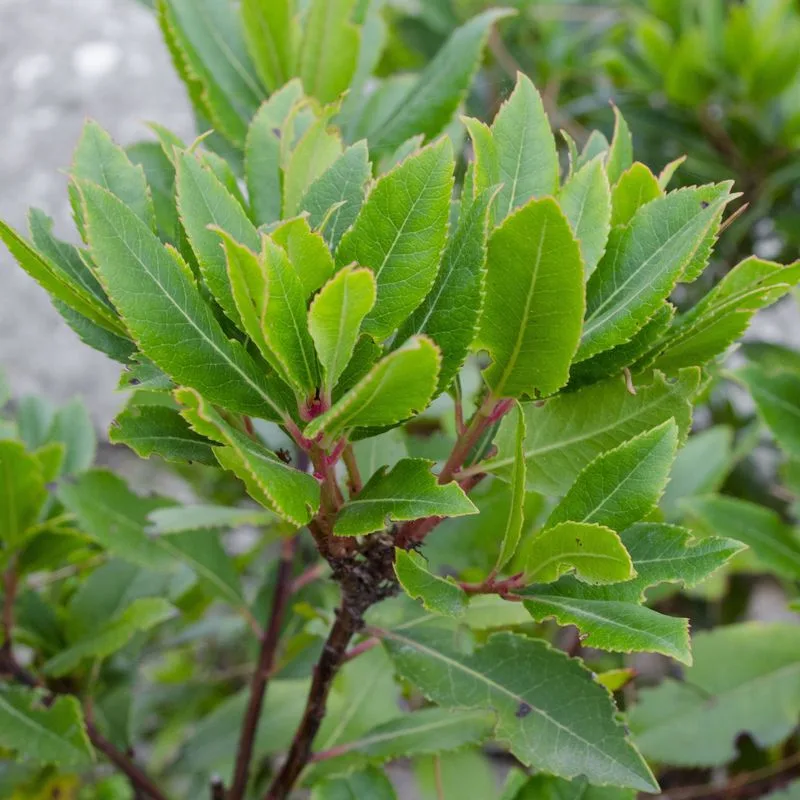
Bay laurel, renowned for its aromatic leaves, is well-suited for outdoor sun. Its glossy foliage thrives in full sunlight, making it a majestic addition to patios. Bay leaves are a culinary staple, infusing dishes with depth and flavor. Historically, bay laurel symbolized victory and wisdom in ancient Greece. Regular watering and trimming maintain its shape and vitality. Its evergreen nature ensures beauty year-round. Cultivate bay laurel in your outdoor space to enjoy its elegance and culinary benefits, enriching both your garden and kitchen with its timeless charm.
Sage
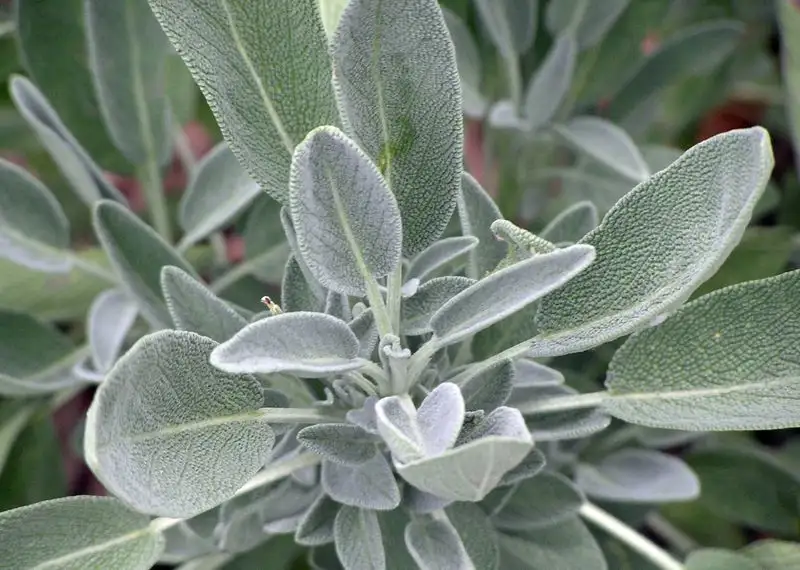
Sage, with its earthy aroma, thrives under direct sunlight outdoors. Its silvery leaves are both ornamental and flavorful, making a striking garden feature. Known for its cleansing properties, sage has a rich history in rituals and culinary arts. Regular harvesting encourages more growth and enhances flavor. Sage’s presence in the garden adds beauty and utility, complementing a variety of dishes with its robust taste. Fun fact: Burning sage is believed to clear negative energy. Enjoy the versatility of sage in your outdoor garden, enhancing both landscape and cuisine.
Lavender
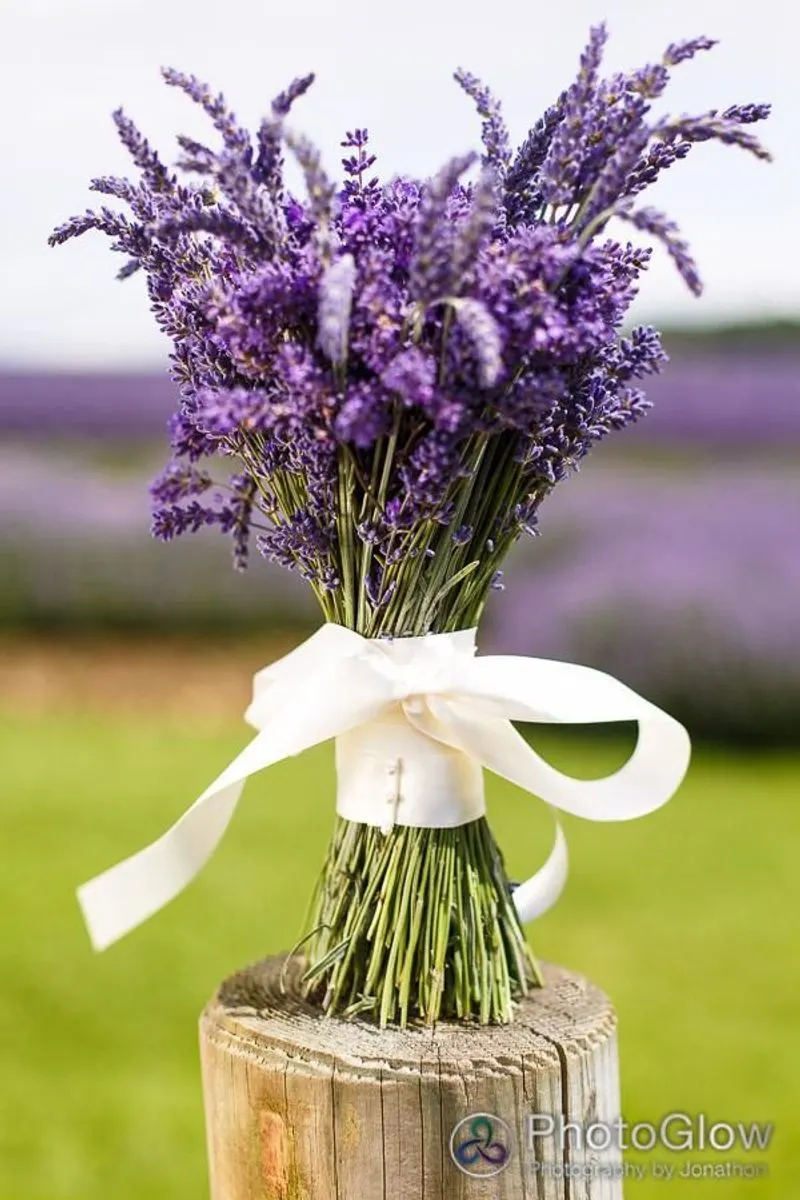
Lavender’s iconic fragrance and vibrant flowers demand outdoor sun. A symbol of purity and serenity, lavender thrives in well-drained soil under direct sunlight. Its flowers are perfect for sachets, oils, and culinary uses. Historically, it was used in Roman baths for relaxation. Regular pruning maintains its shape and encourages prolific blooming. Lavender’s presence in your garden invites pollinators, adding life and color. With its calming aroma, lavender transforms gardens into peaceful retreats. Embrace its timeless beauty and fragrance in your outdoor space, elevating both mood and landscape.
Tarragon
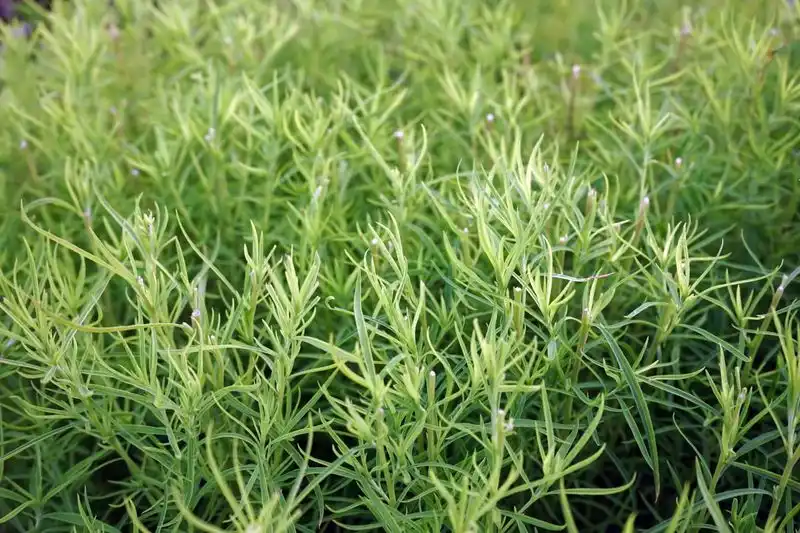
Tarragon, with its distinct anise-like flavor, requires the bright embrace of outdoor sun. Its slender leaves are essential in French cuisine, adding depth to sauces and marinades. Known as “the king of herbs” in France, tarragon’s culinary history is rich and varied. Regular pruning and adequate watering keep it lush and flavorful. Its perennial nature ensures a reliable harvest year after year. Incorporate tarragon into your garden for a taste of French elegance and a touch of sophistication. Its presence will enrich both your garden and culinary creations.
Dill
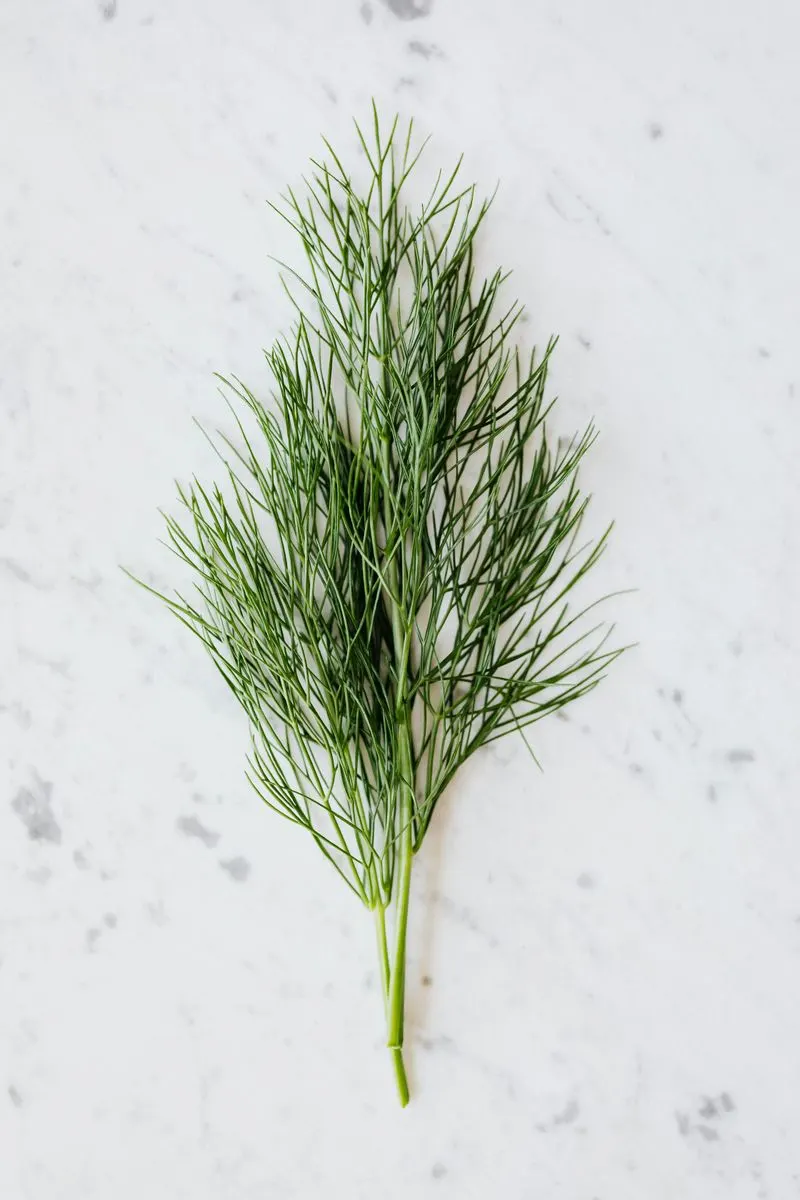
Dill’s feathery foliage and unmistakable aroma thrive in outdoor sun. Its vibrant presence is a staple in pickling and Scandinavian dishes. Known for its digestive benefits, dill has been used for centuries in herbal remedies. Regular pruning encourages bushy growth and a continuous supply of fresh leaves. Its yellow flowers attract beneficial insects, enhancing garden biodiversity. Did you know dill was found in ancient Egyptian tombs, symbolizing wealth and prosperity? Incorporate dill into your outdoor garden for its culinary and historical allure. Enjoy its lively contribution to your landscape.
Marjoram
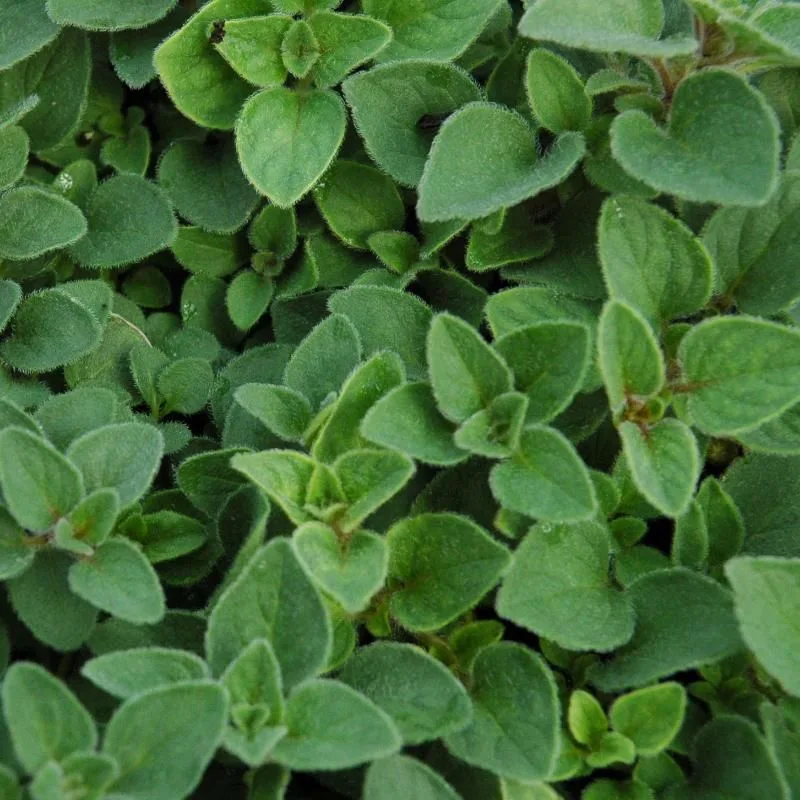
Marjoram’s sweet, citrus-like aroma flourishes in outdoor sunshine. Its delicate white flowers and soft leaves make it both ornamental and flavorful. A staple in Mediterranean cooking, marjoram adds warmth to dishes. Historically, it symbolized happiness and was used in ancient weddings. Regular harvesting ensures a steady supply and encourages growth. Its tender leaves are perfect for infusions and seasoning. Cultivate marjoram in your sunny garden to enjoy its aromatic presence and culinary versatility. This charming herb enhances both your garden’s beauty and your kitchen’s repertoire.
Fennel
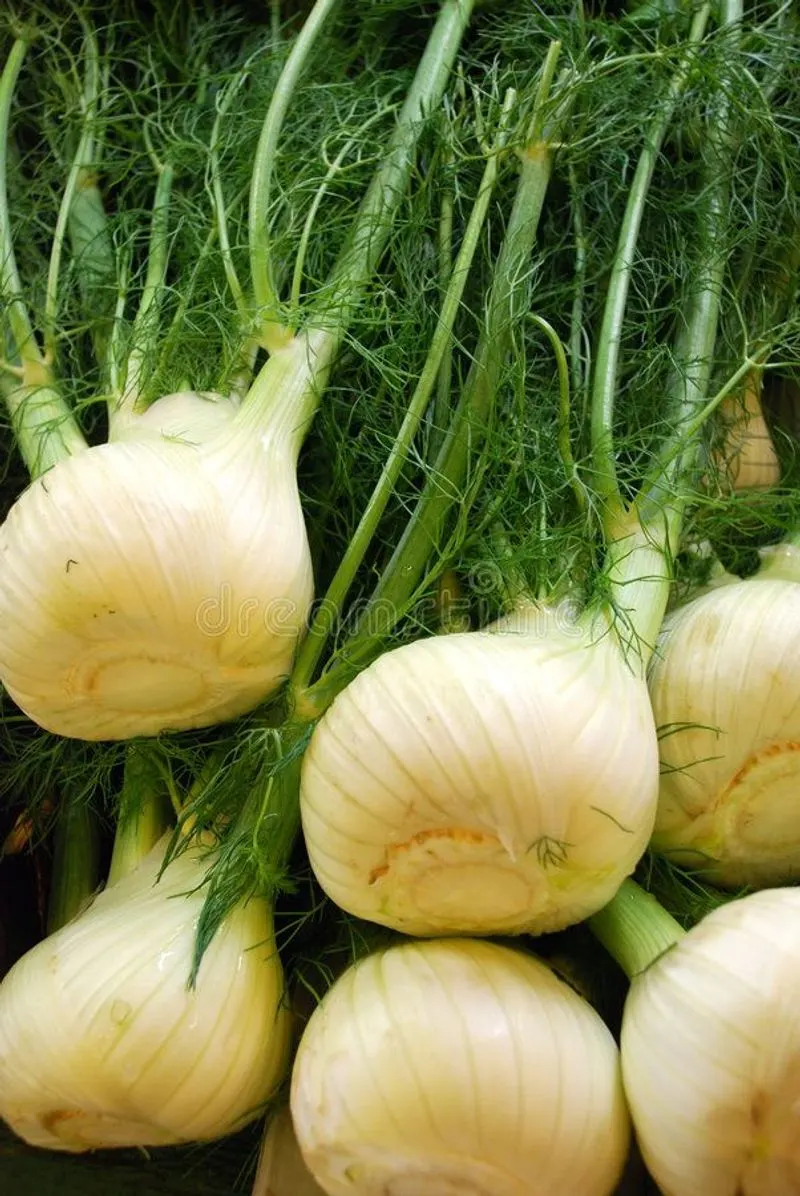
Fennel, with its sweet, anise-like flavor, thrives in outdoor sun. Its feathery green foliage and bulbous base are invaluable in culinary arts. Known for aiding digestion, fennel has a storied history in herbal medicine. Regular harvesting keeps plants vigorous and productive. Its yellow flowers attract pollinators, enriching garden biodiversity. Fun fact: Fennel seeds were used by ancient Greeks to control appetite. Incorporate fennel into your garden for its health benefits and culinary uses. Enjoy the dynamic presence of fennel, enhancing both landscape and cuisine.
Chamomile
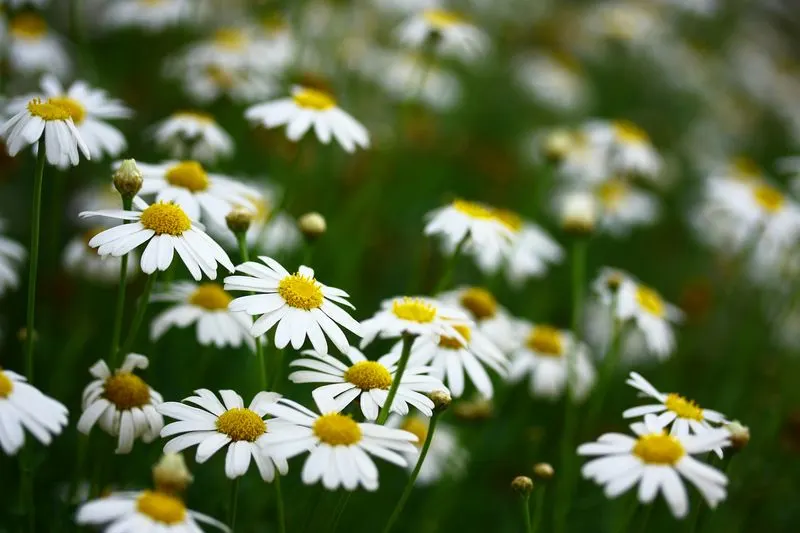
Chamomile, with its daisy-like flowers, needs outdoor sun to flourish. Its calming properties make it a beloved herbal remedy. Often used in teas, chamomile promotes relaxation and sleep. Historically, it was revered by Egyptians for its healing powers. Regular pruning encourages more blooms and a continuous supply of flowers. Its cheerful presence attracts pollinators, enriching garden biodiversity. Did you know chamomile was dedicated to the sun god Ra? Incorporate chamomile into your garden for its beauty and calming effects, creating a peaceful sanctuary.

